#ralph earl
Explore tagged Tumblr posts
Text

1789 Ralph Earl - Molly Marsh Seymour (Mrs. Moses Seymour) and her son Epaphroditus
(Saint Louis Art Museum)
192 notes
·
View notes
Text

ralph earl
10 notes
·
View notes
Text

Oil painting, 1789, American.
Portraying Esther Boardman in a green dress and white fichu.
Painted by Ralph Earl.
Met Museum.
#painting#1789#1780s painting#1780s#1780s dress#1780s usa#18th century#dress#green#met museum#usa#Esther boardman#Ralph Earl
21 notes
·
View notes
Text

Mrs. Elijah Boardman and her Son, William Whiting Boardman
Artist: Ralph Earl (American, 1751-1801)
Date: c. 1796
Medium: Oil on canvas
Collection: The Huntington Library, Art Museum, and Botanical Gardens, San Marino, CA, United States
#portrait#mrs. elijah boardman#william whiting boardman#mother and son#painting#oil on canvas#artwork#full length#ralph earl#american painter#seated#costume#woman#boy#table#hat#curtains#flowers#american art#18th century canvs
2 notes
·
View notes
Text

#l.a. noire#la noire#cole phelps#ralph dunn#stefan bekowsky#rusty galloway#roy earle#herschel biggs#jack kelso#memes
74 notes
·
View notes
Text
Here are some of my ideas for a D&D au
The Party
Cole - Half Elf Cleric
Stefan - Dragonborn Fighter
Jack - Shifter Ranger
Herschel - Kenku Paladin
Elsa - Tiefling Bard
NPCs
Roy - Drow Rogue
Rusty - Orc Barbarian
Courtney - Halfling Druid
Ralph - Kobold Fighter
Marie - Half Elf
#la noire#l.a. noire#cole phelps#stefan bekowsky#roy earle#jack kelso#rusty galloway#herschel biggs#ralph dunn#elsa lichtmann
8 notes
·
View notes
Text

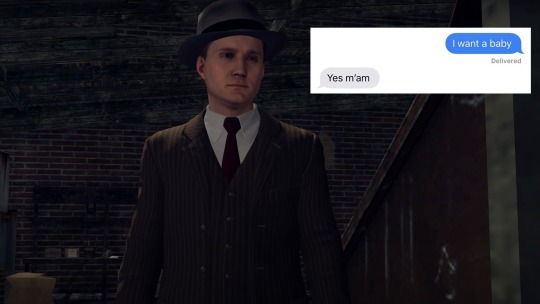








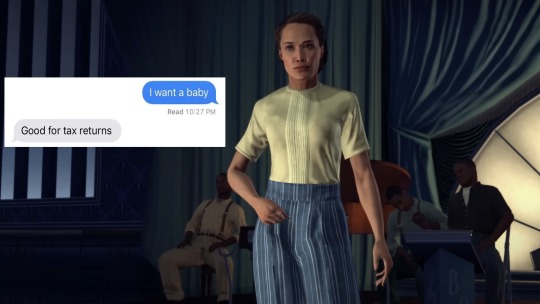


L.A. Noire Characters + "I want a baby" meme
#l.a. noire#la noire#cole phelps#jack kelso#stefan bekowsky#roy earle#herschel biggs#rusty galloway#hank merrill#ralph dunn#ray pinker#elsa lichtman#harlan fontaine#courtney sheldon#shitposting again#has this been done yet lmao#tag urself i'm ralph
175 notes
·
View notes
Text
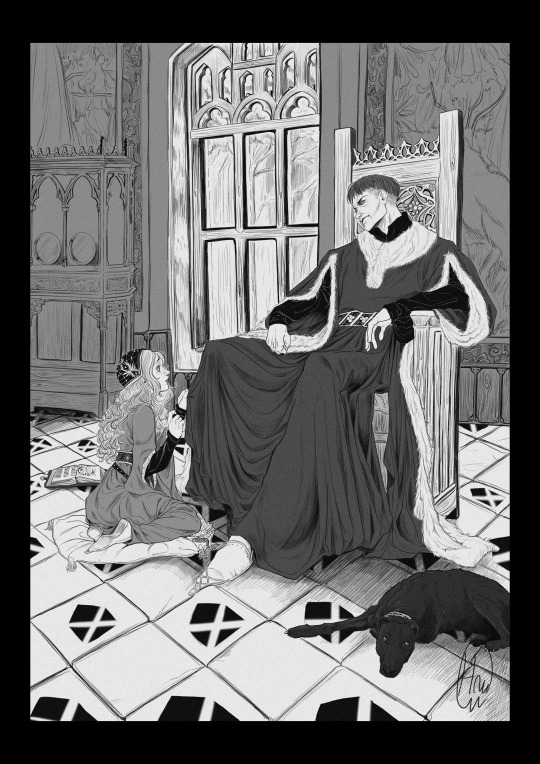
Cecily Neville and her father, Ralph.
That's it. That's all the description I can do before I pass out.
#the wars of the roses#15th century#art#character design#sketch#drawing#cecily neville#ralph neville earl of westmorland#medieval#historical art#historical fiction#digital artwork#richard duke of york#hundred years war#humphrey duke of gloucester#john duke of bedford#neville#joan beaufort#father and daughter#artist on tumblr#edward iv#elizabeth woodville#oc artist#middle ages#british history#elizabeth of york#nobility#isabel neville#richard iii#henry vi
87 notes
·
View notes
Photo
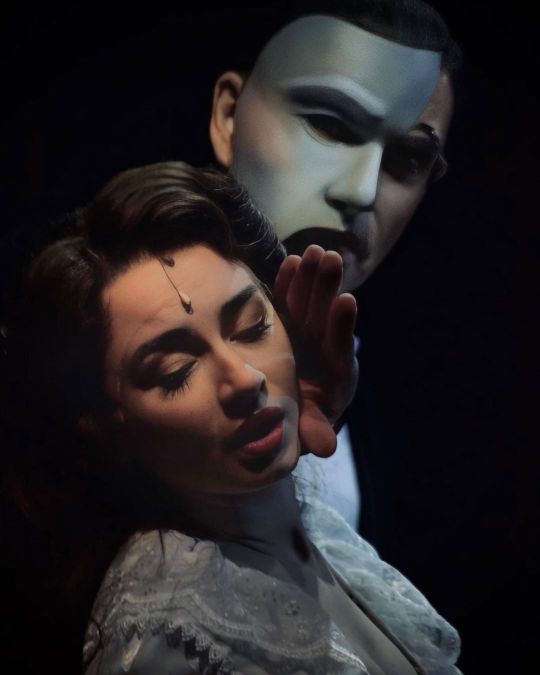
Almost halfway through my short but incredible journey on @phantomopera I keep being asked what it’s like wearing the mask again? All I can reply with is that it’s exciting, consuming, triggering and unbelievably surreal. The audiences have been amazing, as have the many moments caught on camera like this one of me and the @hollyannehull during #themusicofthenight taken by a member of our brilliant cast, @ralphwatts_
(x)
#Earl Carpenter#Holly Anne Hull#Ralph Watts#POTO#POTO London#Phantom of the Opera#Phantom of the Opera London#Music of the Night
333 notes
·
View notes
Text

Esther Boardman
Artist: Ralph Earl (American, Worcester County, Massachusetts, 1751–1801)
Genre: Portrait
Date: 1789
Medium: Oil on Canvas
Collection: Metropolitan Museum Of Art, New York City
The Connecticut portraits Earl painted after returning from a seven-year stay in England are his greatest works as they combined his natural talents with the lessons he had gleaned from English art of the period. He rendered most of this portrait of Esther Boardman (1762–1851) in deep shades of green and brown to highlight his sitter’s striking face. Her alert gaze suggests intelligence, and her coiffure and wraparound dress, or levite, reveal her to be at the height of fashion, as was her brother, Elijah (whose portrait is also in the Museum's collection; 1979.395). The background shows the town of New Milford, which the Boardman family had been instrumental in settling.
"Nothing like reading a book, in the apparent quiet and silence, can unpredictably open up the view of new horizons of life." ~ Tullio De Mauro
#quotes#artwork#history#american art#ralph earl art#portrait#reading art#books#landscape#fine art#costume#coiffure#wraparound dress#fashion#american culture#woman#sitting#lace#hat#plume#18th century painting
10 notes
·
View notes
Text
#tumblr polls#random polls#poll time#polls#poll#my post#morgan freeman#dolly parton#james earl jones#eartha kitt#samuel l jackson#will smith#snoop dogg#eddie murphy#sheryl lee ralph#keke palmer#beyoncé#matthew mcconaughey#xosiren
5 notes
·
View notes
Text
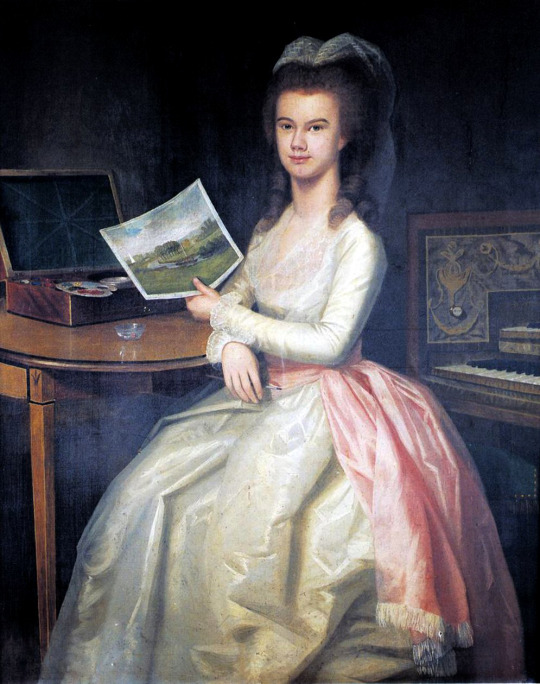
1783 Ralph Earl - Marianne Drake
(Private collection)
100 notes
·
View notes
Text
Henry IV took the opportunity given by the defeat of the Percies to amend the form of indentures with his wardens. Neville [earl of Westmoreland] was retained to raise a force of fifty men-at-arms and 100 archers; John [of Lancaster, the king's son] was to have twice this number. The wardens were to be paid the usual wages for these soldiers. Thus the principle of payment in gross was dropped, but the practice of retaining a warden in time of truce was continued; in the event of war, the wardens were to double their forces. The tendency to grant long terms of office remained: the indentures sealed by John and Neville in 1403 retained them for seven years, and in 1408 they were re-engaged for a further six years. These later indentures were set aside on 25 January 1411. The royal council was now under the influence of Henry, prince of Wales; it was active in preparing measures to reform the administration and reduce expenditure. One of its measures was to restore the practice of paying the wardens in gross, without specifying the number of forces they were to engage. The rates introduced were £5,000 a year in wartime and £2,500 in peace or truce, for the east march, and half these amounts for the west. As John should have been receiving nearly £4,000 a year for his force of 100 men-at-arms and 200 archers, the new scales made a considerable saving for the exchequer; they were a great deal lower than the enormous sums which the Percies had been drawing. The 1411 scales for the east march remained unchanged for fifty years, while they were not reduced for the west march until 1436. Neville and John were allowed the same term of office as had been agreed in their indentures of 1408. Henry V preferred shorter terms: he allowed his wardens either two or three years.
R. L. Storey, "The Wardens of the Marches of England towards Scotland, 1377–1489," The English Historical Review, vol. 72, no. 285 (1957)
#john duke of bedford#ralph neville earl of westmoreland#henry iv#henry v#historian: r. l. storey#marches of england toward scotland
4 notes
·
View notes
Text

Oil painting, 1798, American.
Portraying Chloe Burrall Smith in a green dress, with her children.
Painted by Ralph Earl.
Met Museum.
#Ralph Earl#Chloe burrall smith#1798#green#dress#painting#1790s painting#1790s#1790s dress#usa#met museum#1790s usa
10 notes
·
View notes
Text

Martha Tennent Rogers (Mrs. David Rogers) and her Son, Probably Samuel Henry Rogers
Artist: Ralph Earl (American, 1751-1801)
Date: 1788
Medium: Oil on canvas
Collection: National Gallery of Art, Washington, DC, United States
Martha Tennent (Mrs David Rogers) and Son
Martha Tennent (1751-1813) was the daughter of Rev. Charles & Martha Tennent of Buckingham, Maryland. She married David Rogers in 1772. Their 12 children were baptized in Greenfield Hill, where her brother William served for a time as minister. In the portrait she wears a brown dress with long sleeves, & over her shoulders is a large white muslin kerchief. A few curls of her dark brown hair show modestly beneath her white cap, which is tied with a blue bow. According to costume historian Aileen Ribeiro, the indoor cap was "de rigueur in England & America for middle-class married women, particularly in households with strong Protestant beliefs." Mrs. Rogers is seated in a red upholstered armchair… The extended arms of the chair seem to have been exaggerated for effect. As art historian Elizabeth Kornhauser has noted, the chair is "a variation on the form seen in Earl's English & New York portraits... more suited to a gentleman's study or library."
Behind & to the right of Mrs. Rogers appear a meadow & trees. On her lap she holds a child wearing a pink frock with a large blue sash. The child's ash-blond hair is cut with straight bangs & shoulder-length curls. This child is probably Samuel Henry Rogers, who was born on 25 May 1786, 2 years before the portrait was painted. Like his 2 older brothers named Samuel, born in 1782 & 1784, he did not survive childhood. Another son born in 1796 was also named Samuel Henry. Boys often wore the same loose-fitting frock as girls, until they were 3 or 4 years old. The lack of "aprons and white indoor caps" was a subtle feature that distinguished them from girls. The Rogers had 2 daughters, Martha & Susan or Susanna, born in 1774 & 1778, respectively. Jacobus lists a 3rd daughter, Julia Ann, born in 1794; plus a boy named "Julian." Martha Tennent's husband Dr David Rogers (1748-1829) was trained as a doctor by his father, Dr. Uriah Rogers of Norwalk, & was licensed to practice medicine in New York City. He probably met the artist Ralph Earl through Dr. Mason Fitch Cogswell, with whom Rogers had served as an army surgeon in Connecticut during the Revolution. Later, in 1792, Rogers & Cogswell were founders of the Connecticut Medical Society.
#portrait#martha tennent rogers#mrs david rogers#samuel henry rogers#mother and son#painting#oil on canvas#ralph earl#american painter#american culture#brown dress#muslin handkerchief#seated#upholstered arm chair#indoor cap#american history#18th century painting#meadow#trees
2 notes
·
View notes
Text
How the L.A. Noire dudes would draw themselves
Cole Phelps;
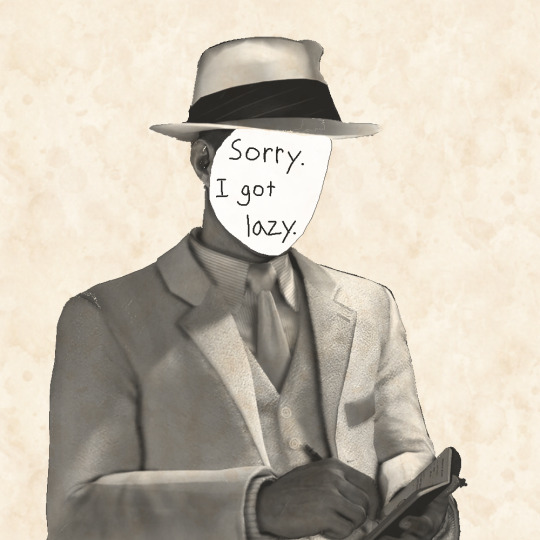
Ralph Dunn;
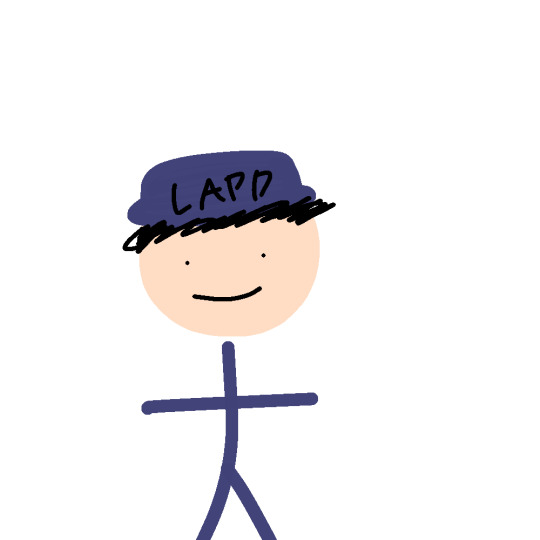
Stefan Bekowsky;

Rusty Galloway;

Roy Earle;

Herschel Biggs; (same as Finnbar)

Jack Kelso;
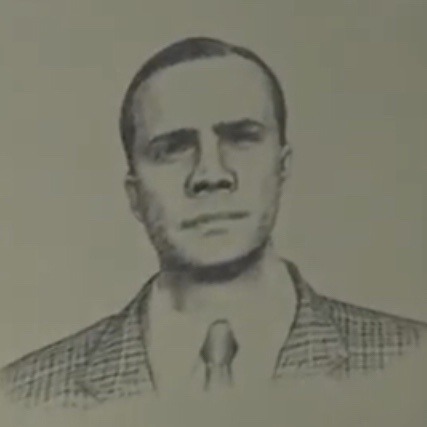
#l.a. noire#la noire#cole phelps#stefan bekowsky#jack kelso#ralph dunn#herschel biggs#rusty galloway#roy earle#memes#headcannons
63 notes
·
View notes